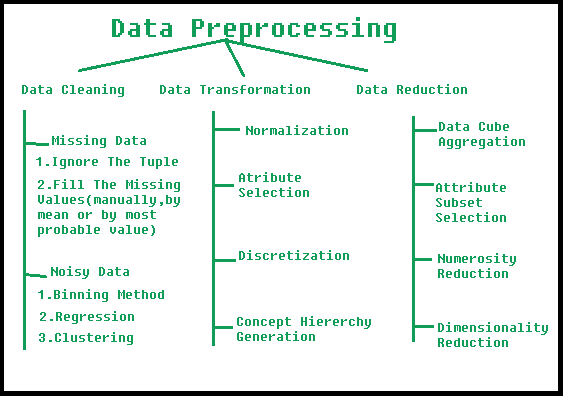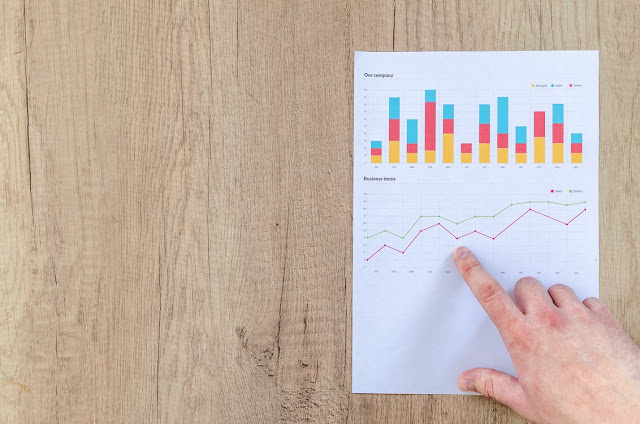There are many Python libraries that can be used for AI data analysis. These libraries provide a variety of functions and features that can be used to clean, process, analyze, and visualize data.
Some of the most popular Python Libraries For Data Science include:
NumPy:
is a Python library that provides multidimensional arrays and matrices. It is a powerful tool for scientific computing and data analysis. NumPy arrays are faster and more efficient than Python lists, and they provide a wide range of functions for manipulating and analyzing data.
Some of the features of NumPy include:
- Multidimensional arrays: NumPy arrays can be of any dimension, and they can hold any type of data.
- Fast and efficient: NumPy arrays are much faster and more efficient than Python lists.
- Powerful functions: NumPy provides a wide range of functions for manipulating and analyzing data.
- Easy to use: NumPy is easy to learn and use, even for beginners.
- Cleaning and preprocessing data: NumPy arrays can be used to clean and preprocess data. For example, you can use NumPy to remove missing values, standardize data, and split data into training and testing sets.
- Analyzing data for patterns and trends: NumPy arrays can be used to analyze data for patterns and trends. For example, you can use NumPy to create histograms, scatter plots, and other visualizations to explore your data.
- Building machine learning models: NumPy arrays can be used to build machine learning models. For example, you can use NumPy to build a classification model to predict whether a customer will churn or a regression model to predict the price of a house.
- Visualizing data: NumPy arrays can be used to visualize data. For example, you can use NumPy to create charts and graphs to help you understand your data.
Pandas:
pandas is a popular open-source Python library that provides high-performance, easy-to-use data structures and data analysis tools. It is widely used in data manipulation, data cleaning, and data analysis tasks. The library is built on top of the NumPy library, which adds support for labeled data and offers more flexible data structures.
Scikit-learn:
scikit-learn is a widely used open-source machine learning library for Python. It provides a simple and efficient set of tools for data mining and data analysis. Scikit-learn is built on top of other scientific Python libraries like NumPy and SciPy and integrates well with the rest of the Python data ecosystem.
TensorFlow:
A deep learning library that provides algorithms for image recognition, natural language processing, and other deep learning tasks.
These libraries can be used to perform a variety of AI data analysis tasks, such as:
Cleaning and preprocessing data:
This involves removing missing values, formatting data, and normalizing data.Analyzing data for patterns and trends: This involves looking for patterns in data,such as trends, correlations, and anomalies.
Building machine learning models:
·
Training and evaluating deep learning models:
this involves using deep learning algorithms to train models that can learn complex patterns in data.
Visualizing data:
Here are some examples of how Python libraries can be used for AI data analysis:
Cleaning and preprocessing data:
The NumPy and Pandas libraries can be used to clean and preprocess data. For example, you can use these libraries to remove missing values, standardize data, and split data into training and testing sets.import numpy as np
import pandas as pd
# Create a dataset with missing values
data = np.random.randint(0, 100, (10, 2))
data[2, 0] = np.NAN
data[5, 1] = np.NAN
data = pd.DataFrame(data).fillna(data.mean())
# Print the cleaned dataset
print(data)
Analyzing data for patterns and trends: The Pandas library can be used to analyze data for patterns and trends. For example, you can use this library to create bar charts, line charts, and other visualizations to explore your data.
import pandas as pd
# Create a dataset of house prices
data = pd.DataFrame({
"Price":
[100000, 150000, 200000, 250000, 300000],
"Year
Built": [2000, 2005, 2010, 2015, 2020]
})
# Plot the house prices over time
data.plot(x="Year Built", y="Price")
Building machine learning models: The Scikit-learn library can be used to build machine learning models. For example, you can use this library to build a classification model to predict whether a customer will churn or a regression model to predict the price of a house.
import numpy as np
import pandas as pd
from sklearn.linear_model import LinearRegression
# Create a dataset of customer data
data = pd.DataFrame({
"Churn":
[0, 1, 0, 1, 0],
"Age":
[30, 40, 25, 50, 60],
"Income":
[50000, 75000, 40000, 100000, 12













0 Comments